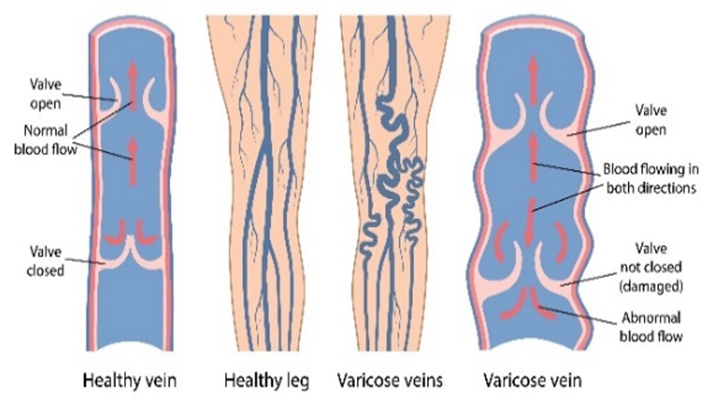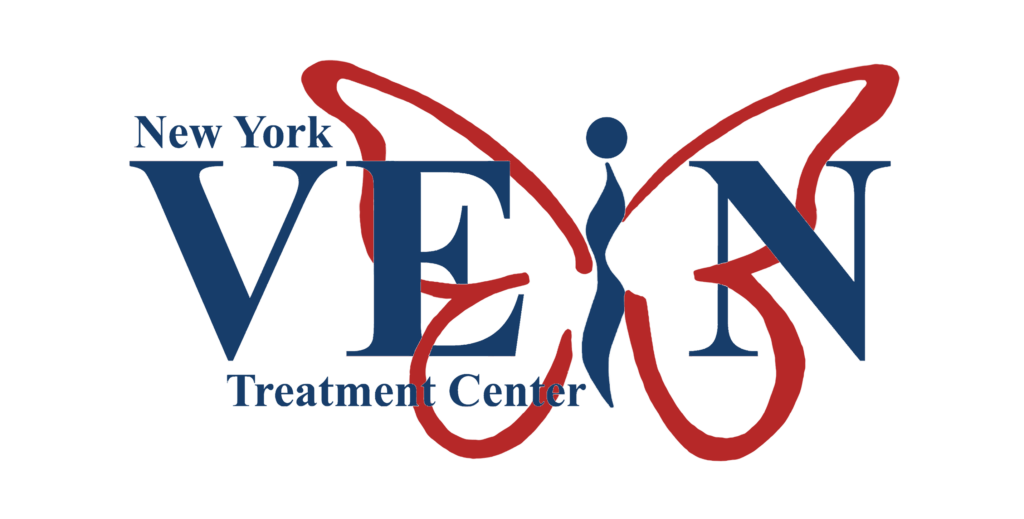Chronic Venous Insufficiency Specialist
Dr. Khitin is a known specialist in chronic venous insufficiency, venous disorders, phlebology, and cardiovascular and thoracic medicine. New York Vein Treatment Center has a chronic venous insufficiency specialist in Manhattan, Brooklyn, and the surrounding New York area to help manage any symptoms and complications of venous disorders.

What is Venous Insufficiency?
Venous insufficiency is also known under the names “superficial venous insufficiency,” “chronic venous hypertension,” and “stasis distal venopathy,” among many others. Venous insufficiency is extremely common, yet not well known or understood by many, including healthcare professionals.
Most people are familiar with only one aspect of venous insufficiency: varicose veins, or varicosities. What is not known is that varicose veins are not a disease, but merely one of the symptoms of venous insufficiency. More specifically, everyone with venous insufficiency does have varicosities. Very rarely, however, are those varicose veins visible to the naked eye. Furthermore, most people suffering from venous insufficiency have no visible symptoms at all. It is like many other diseases, such as hypertension, diabetes, coronary artery disease, and others.
The main problem with venous insufficiency is the following. Veins, just like arteries, are the blood vessels. While the arteries carry oxygenated blood away from the heart, the veins bring deoxygenated blood back to the heart. In humans, the legs are at a disadvantage due to our erect posture. The blood flows there due to not only the contraction of the heart, but also with the help of gravity. To get the blood back up to the heart, our veins have multiple one-way valves, like the ones in our hearts. These valves allow the blood to go up while blocking its way down.
With venous insufficiency, some leg veins become too wide, creating a gap between normal valves. Through this gap, the deoxygenated blood leaks backwards instead of moving up toward the heart. Since such reversal of blood flow leads to further elevation of venous blood pressure, varicose veins form, and legs become swollen, heavy, and achy. The fact that venous blood has no oxygen but plenty of lactic acid and other end-metabolites, is responsible for pain, muscle cramps, restless legs, tiredness, fatigue, difficulties walking and standing, itching, numbness, sensation of “pins and needles” and many other symptoms.
Left untreated, venous insufficiency eventually leads to complications, such as trophic ulcers, blood clots, bleeding, infection, and even skin cancer.

What Happens if Venous Insufficiency Goes Untreated?
Left untreated, venous insufficiency eventually leads to complications, such as trophic ulcers, blood clots, bleeding, infection, and even skin cancer.
Venous Leg Ulcers
Venous leg ulcers, also known as venous stasis ulcers, are a complication of venous disease. Venous ulcers account for 80% of leg ulcers. Venous leg ulcerations are chronic, painful sores that can develop because of poor circulation most commonly due to chronic venous insufficiency. These venous wounds can persist for a long time and can be difficult to heal without treatment.
When Should I See a Chronic Venous Insufficiency Specialist?
Unlike most conditions affecting the lower extremities, pain caused by venous insufficiency does not correlate with physical activity, and you should see a venous insufficiency specialist if it affects your daily activities. Chronic venous insufficiency can range from a vague, dull discomfort to a throbbing soreness or sharp piercing leg pain.
We have helped thousands of patients in Manhattan, Brooklyn, Queens, and Staten Island, as well as the surrounding New York area. New York Vein Treatment Center’s doctor treats chronic venous insufficiency, including the symptoms and complications of venous disorders.
Start Your Journey To Feeling Good Again!
Schedule your Appointment Today with NYC's most Trusted and Comprehensive Vein Treatment Center

